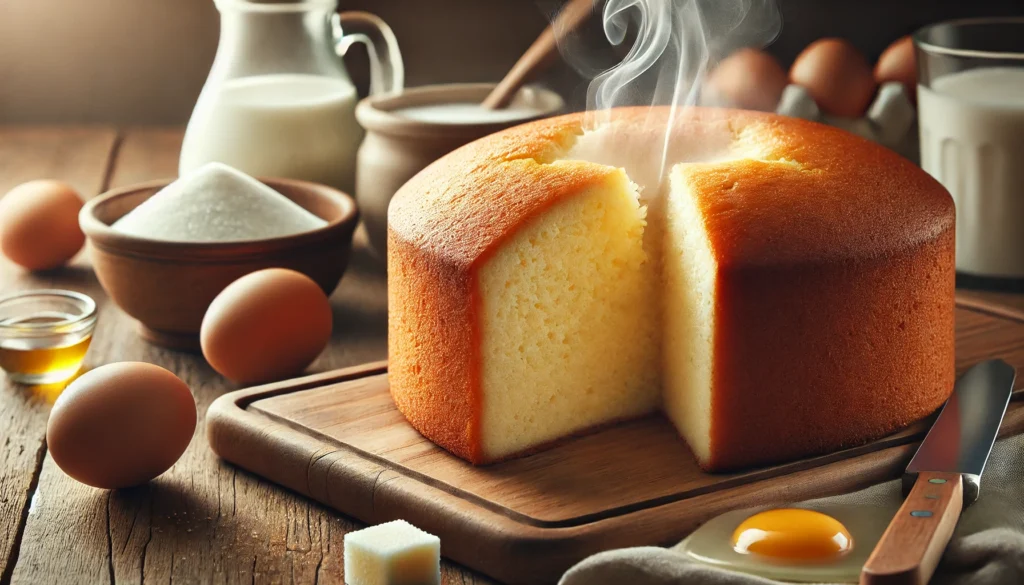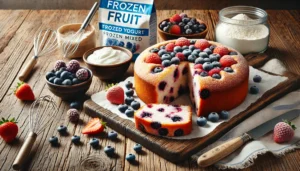No one likes a dry cake. Whether it’s chocolate, vanilla, or fruit-based, a good cake should be soft, tender, and moist. But keeping it that way from oven to plate isn’t just about luck—it’s about knowing what really makes a cake moist and how to lock that moisture in.
In this article, you’ll discover the top secrets for baking cakes that stay moist and delicious every time.
Understand What Makes a Cake Moist
Moisture in a cake comes from a combination of fat, liquid, and the right technique. The ingredients and how they’re used both matter.
- Fat adds richness and softness
- Sugar helps retain moisture
- Liquids hydrate the batter and steam during baking
- Proper baking keeps moisture locked in
Let’s dive into how to use each of these for maximum moistness.
Tip 1: Use the Right Fats
Fat is key to a moist cake. Butter gives flavor, but oil keeps cakes moister for longer because it stays liquid at room temperature.
Best oils to use:
- Canola oil
- Vegetable oil
- Light olive oil
Pro Tip: Use a mix of butter and oil to get both flavor and moisture.
Tip 2: Add Buttermilk or Sour Cream
Acidic dairy products like buttermilk and sour cream add tenderness and moisture while helping the cake rise better.
Substitute idea:
If you don’t have buttermilk, mix 1 tablespoon of vinegar or lemon juice with 1 cup of milk and let it sit for 10 minutes.
Tip 3: Don’t Overbake
Overbaking is one of the most common reasons cakes turn out dry.
- Check your cake 5 minutes early
- Use a toothpick: it should come out with moist crumbs, not dry or clean
- Rotate pans if needed to bake evenly
Tip 4: Brush with Simple Syrup
Once your cake is baked and cooled, you can brush it lightly with a syrup to lock in moisture and add flavor.
How to make it:
- 1 cup sugar + 1 cup water
- Heat until sugar dissolves
- Cool and brush on cake layers
Flavor ideas: add vanilla, citrus zest, or a splash of liqueur.
Tip 5: Use Brown Sugar Instead of White (or Mix)
Brown sugar has molasses, which helps retain moisture and adds a deeper flavor. You can use it fully or mix with white sugar.
Ratio idea:
Replace 1/4 to 1/2 of the white sugar with brown sugar.
Tip 6: Don’t Skimp on Eggs
Eggs provide structure but also help with moisture. Some recipes can handle an extra yolk, which adds richness and a softer texture.
Extra Tip: Room temperature eggs blend better and trap more air, leading to a softer crumb.
Tip 7: Let the Cake Cool Right
Letting your cake sit in the pan too long can make it soggy at the bottom. Taking it out too soon can make it dry out.
Best practice:
- Cool in the pan for 10–15 minutes
- Then remove to a wire rack to cool completely
Tip 8: Store It Properly
If you’re not serving the cake immediately, the way you store it matters.
- Wrap tightly in plastic wrap or store in an airtight container
- For frosted cakes, cover with a cake dome
- Avoid the fridge—it dries cakes quickly. Room temp is best for 2–3 days.
Moist Cake = Happy Guests (and Bakers)
Achieving a moist cake every time is all about preparation and attention to detail. From ingredient choices to cooling and storage, small steps can make a huge difference. Master these tips, and your cakes will be soft, flavorful, and unforgettable—every single time.






